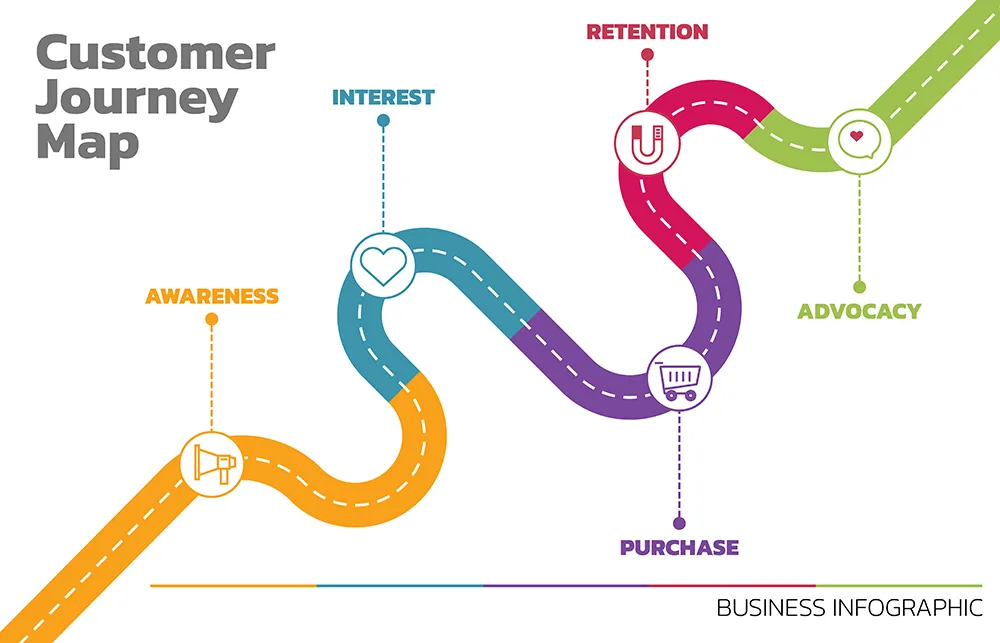Picture this: you’re on the verge of launching your latest product, the culmination of months, maybe even years, of hard work. It’s a moment of potential triumph, yet there’s a shadow cast by a daunting statistic—95% of product launches fail. Even tech titans like Microsoft and Samsung have stumbled, feeling the sting of missteps that cost millions, if not billions.
This isn’t just a tale for the behemoths. A US Bank study reveals that 78% of small businesses falter without a well-crafted marketing strategy. As someone deeply immersed in Go-To-Market (GTM) strategies, I want to share a few stories and insights that might help you steer clear of common pitfalls and turn your product launch into a success story.

The Essence of GTM Strategies and Product-Centric Approaches
Think of a GTM strategy as the script to your product’s debut on the market stage. It’s not just about the product itself but aligning every part of your business—from marketing and sales to customer service—to support its success. Without this robust strategy, even the most groundbreaking products can be met with silence.
The Perils of a Product-Centric Approach
A product-centric approach often falls into the trap of being enamored with what can be built, rather than what should be. This “we could do this” mindset focuses on the features and capabilities of the product, sometimes overlooking the crucial question: does this solve a real customer need?
Common GTM Product-Centric Failure Points
Despite their power, product-centric GTM strategies can encounter familiar stumbling blocks:
- Persona Misalignment: Imagine a company launching a productivity tool aimed at mid-level managers, only to find out that their real users are frontline workers who have different needs and pain points. Misunderstanding your target personas can derail your efforts before they even begin.
Example: A software firm developed a comprehensive project management tool with advanced features tailored for executive use. However, the tool failed to gain traction because the actual users—team leads and project managers—found it overly complex and difficult to use. By realigning their focus on the needs of these users, they simplified the interface and saw adoption rates soar.

- Ineffective Campaign Messaging: The story you tell about your product can either captivate or repel potential customers. For instance, claiming to be the “most reliable” without substantial evidence won’t convince discerning buyers.
Example: A startup introduced a new smart home device, touting its “unmatched reliability.” However, their marketing materials lacked testimonials, case studies, or data to back up the claim. Potential customers remained skeptical. After gathering user testimonials and creating detailed case studies, the company revised their messaging and saw a significant increase in sales. - Sales Motion Issues: Even with a compelling value proposition, if your sales approach isn’t aligned, deals can slip through the cracks. Leveraging new tools for listening and training can enhance alignment and ensure your team is on the same page.
Example: A tech company developed an innovative cybersecurity solution but struggled with sales. The sales team focused on technical features rather than how the product mitigated specific risks. By training the sales team to highlight the product’s practical benefits and incorporating customer success stories into their pitch, they improved their closing rates. - Product Misfit: Sometimes, in the rush to showcase all the features of a product, the core problem it solves gets lost. Successful products often start by addressing a specific need before expanding.
Example: A health tech company launched a wearable device packed with various health monitoring features. However, users found it overwhelming and confusing. By focusing on a single key feature—accurate heart rate monitoring—they were able to build a loyal customer base before gradually introducing additional features. - Friction in User Experience: A cumbersome sign-up or trial process can be a deal-breaker. Simplifying these steps is crucial to retaining potential customers.
Example: An online service offering personalized workout plans had a lengthy and complicated sign-up process. Potential customers abandoned the site before completing registration. By streamlining the process and reducing the number of required steps, the company saw a significant increase in sign-ups and conversions.

Addressing Failure Points with Strategic Planning
Strategic planning acts as the glue holding your GTM efforts together, ensuring every part of your organization works in harmony. To achieve that harmony, you need…
- Goal Setting and Reporting: Establish clear goals and track progress to maintain focus and accountability.
- Market Research and Customer Feedback: Continuously gather insights to ensure your product meets market demands.
Bridging the Gap Between Product and Market Needs
The magic here is to engage directly with your customers. Their feedback is invaluable in shaping your product. For instance, one company used AI to distill customer success stories, uncovering unique perspectives that helped refine their offerings.
An example is a SaaS company that utilized AI-driven tools to analyze customer support interactions. By identifying common issues and feedback, they were able to prioritize feature updates that directly addressed their users’ most pressing needs, resulting in higher customer satisfaction and retention.
And another is a mobile app developer launched a beta version of their app and actively solicited user feedback. By iterating based on this feedback, they were able to refine the user experience and add features that significantly enhanced the app’s appeal before the official launch.
Measuring Success and Adjusting Strategies
From the outset, at Avocet we track key performance metrics to gauge the success of our clients’ GTM strategies. We are prepared to adapt based on market feedback, flexible and adaptable in refining strategies and responding to market shifts.
In the end, overcoming common GTM failure points demands a blend of strategic planning, organizational alignment, and a keen understanding of customer needs. Utilize resources like market research reports, customer feedback tools, and strategic planning frameworks to enhance your GTM strategy and write your own success story.
I discussed these issues, and plenty more, on a recent episode of StrategyCast. You can listen in here and learn…
- Why your product might not be hitting the mark and how to pivot based on direct customer feedback.
- Why key insights from early adopters can drastically shape the trajectory and success of your product.
- How to harness this power effectively.
- Why some poorly designed products succeed through strong marketing, and how to ensure your product doesn’t rely solely on glitz and glam.
- The importance of starting with customer problems and needs — not your assumptions. Feedback is gold!
- That too broad an approach can lead to failure. How targeting specific groups enhances effectiveness and resonance.
- How to avoid the common pitfall of over-packing features. Simplicity and relevance in feature-set can lead to greater product success.
For more information or to connect with me, please feel free to reach out on LinkedIn or visit my website. Let’s ensure your next product launch is among the successful 5%.






